Pre-Christian Times
By the end of the second millennium BC, the prominent Trypillian Culture had ceased to exist. Nomadic, Cimmerians, and Scythians occupied the region. The Scythians developed a class of wealthy aristocrats who constructed elaborate graves filled with richly worked articles of gold and others precious materials. Their power was sufficient enough to repel an invasion by Persian King Darius I in about 513 BC. In 700-600 BC, Greek colonies appeared on the Black Sea coast. One of the first cities constructed was Kafa (now Feodosia). Chersonesus, the second major Greek city, was established on the south-west coast of Crimea. Germanic tribes invaded the region in 270, followed by the Huns in 375.Kyivan rus
According to legend, Kyiv’s first settlement was founded in 482 by three brothers, Prince Kyi (the oldest), Scheck and Khoryv, and their sister, Lybid. They supposedly sailed down the Dnieper River and established a settlement at the top of four hills. In the 8th - 9th centuries, Kyiv became the centre of the first Eastern Slavic State, known as Kyivan Rus. Volodymyr the Great became prince of Kyivan Rus in 980. The state flourished under his leadership, turning it into a political, economic and cultural power in Europe. In 988, Volodymyr resolved to abandon paganism in favour of monotheism. He chose Christianity as the state religion and was christened in Chersonesus. Kyivan Rus princes ruled until almost the end of the 13 century, when Batu Khan, the grandson of Genghis Khan conquered Kyivan Rus in 1240 and burned down the city of Kyiv. In the 14th century Kyiv was taken over by Lithuania.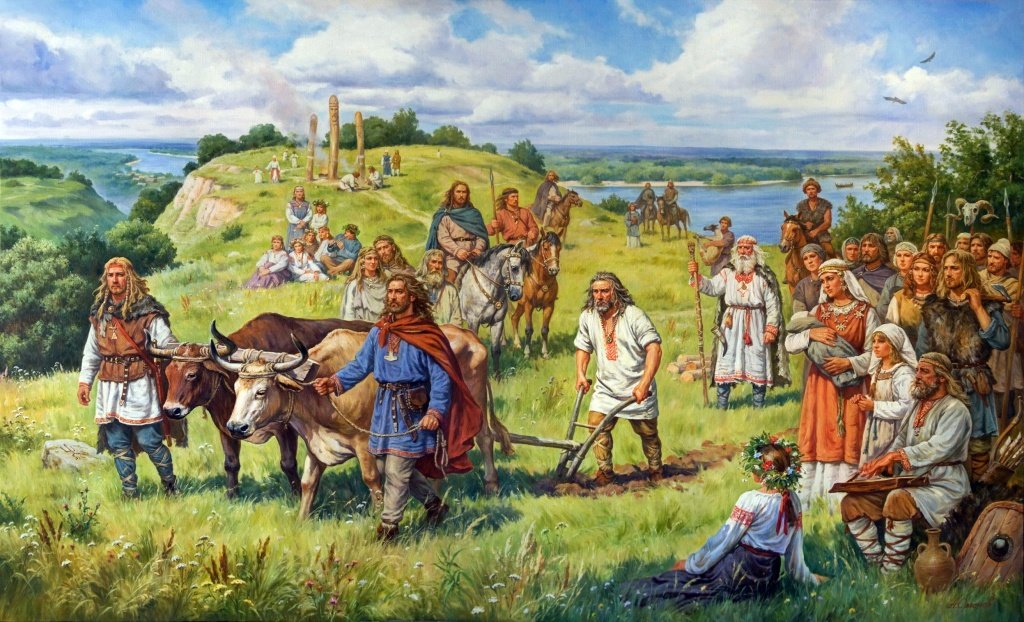
Cossacks
In the 15th century Crimean Tatars dominated Ukraine’s vast southern expanses and carried out devastating raids on Ukrainian territory and annihilated Kyiv in 1482. Gradually a force was formed to protect the southern frontier. These daring troops were the Cossacks. The Cossack movement developed and spread throughout the whole of Ukraine.The Lithuanian authorities granted Kyiv the old European code of municipal self-government. Formally, according to the “Magdeburg Right”, the citizens of Kyiv were not subject to the authority of hetmans, but the most prominent hetmans - such as Petro Konashevych-Sahaidachnyi, Bohdan Khmelnytskyi and Ivan Mazepa - exercised enormous influence over city life.
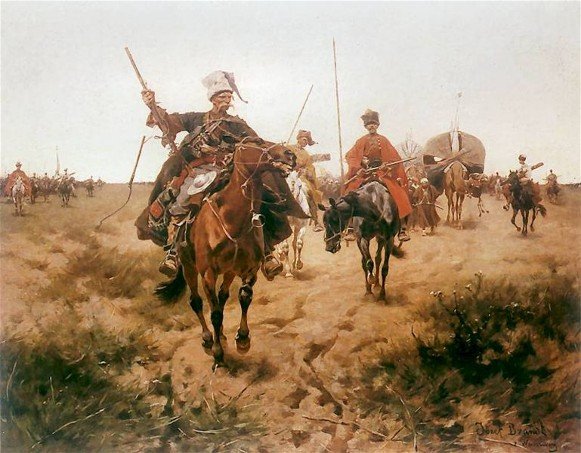
Under the Russia Empire
In 1648, a new Ukrainian state arose as Cossack leader Bohdan Khmelnytskyi led a successful uprising against Polish rule. However, treaties with Poland did not bring peace. Khmelnytskyi signed a protection agreement with the Russian tsar in 1654 which marked the beginning of Russian influence in Ukraine.Poland and Russia divided Ukraine in 1667: the western side of the Dnieper River belonged to Poland, while the eastern side went under Russian protection.
By the end of 18th century Cossacks troops were totally liquidated with increasing pressure, and a ban of the Ukrainian language and culture. At the end of 19th century Kyiv had become a large industrial and transportation hub.
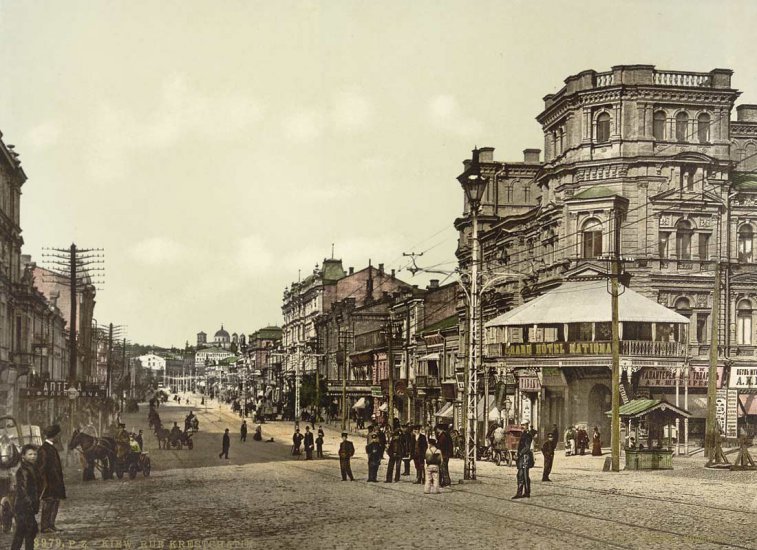
USSR
WWI and the Bolshevik Revolution caused much confusion in Russia. This allowed for the formation of The Ukrainian People’s Republic in Kyiv on 20 November, 1917. On 1 December of the same year, the Ukrainian Soviet Republic was established in Kharkiv. In 1918, after the collapse of the Austrian-Hungarian Empire in November, the Western Ukraine People’s Republic declared itself an independent state in Lviv. On 22 January 1919, a union of the two Ukrainian states was announced, but was quickly defeated by the White Russian and then the Red Armies in the East, and by Poland in the West.The Soviet Union was formed and included the Ukrainian Soviet Socialist Republic. Millions of Ukrainians were deported to Siberia, and the artificially-engineered famines of 1921-1922 and 1932-1933 killed up to 10 million people. In 1934, the Ukrainian Republic’s capital was moved from Kharkiv to Kyiv. On 22 June 1941, The Germans invaded the USSR, and Kyiv was seized in September. Kyiv was liberated in November 1943. It is estimated that around 8 million Ukrainian soldiers and citizens were killed during WWII, and Ukraine suffered a greater material losses than Russia, Germany, France or Poland. Until the collapse of the Soviet Union, Kyiv was the capital of the Ukrainian Republic.
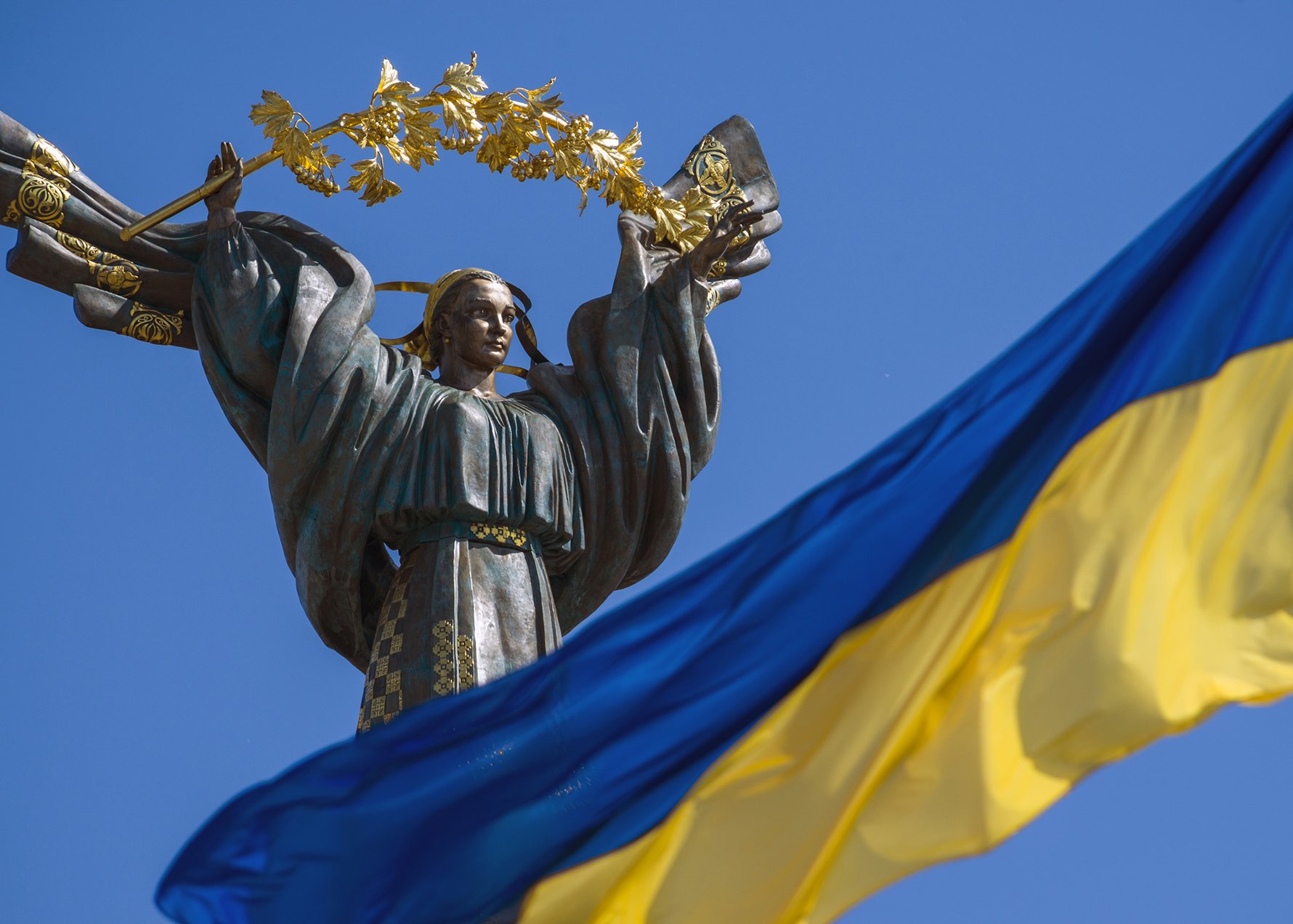
Independence
On 24 August 1991, following a failed Soviet coup, the Supreme Soviet declared Ukraine independent. On 1 December of the same year, a referendum made independence official, and voters choose Leonid Kravchuk to be the nation’s first democratically elected President. Almost 90% of respondents said YES to Ukrainian independence.The Moscow central bank cut off the delivery of Rubles leaving Ukraine with enormous inflation and panic. In 1994, in the atmosphere of social tension, new Presidential elections were announced. Leonid Kuchma won and served two terms as a President of Ukraine. He was faced with poverty and despair. On 28 June 1996 the new Constitution of Ukraine was adopted. On 2 September of the same year, the Hryvnia was introduced as the new monetary unit.
A more flexible foreign policy was also stirred by Kuchma. But in 2001, Anti-Kuchma demonstrations in Kyiv culminated in violent confrontations between protesters and police. In 2004, new Presidential elections took place. Official results put Prime Minister Viktor Yanukovych ahead, a result which was supported by President Leonid Kuchma. Protestors supporting democratic candidate Viktor Yuschenko arrived from all over the country and camped for weeks in front of the Verkhovna Rada and Maidan Nezalezhnosti in tents, prompting the Ukrainian Parliament to put the results on hold pending review. These events became known as Orange Revolution. The Election Committee ordered a re-vote. On 23 January 2005, Viktor Yuschenko was inaugurated as President. The “Orange” coalition, however, failed the expectations of supporters due to personal ambitions. At the Presidential elections in 2010, Viktor Yanukovych won and became president for nearly two terms.
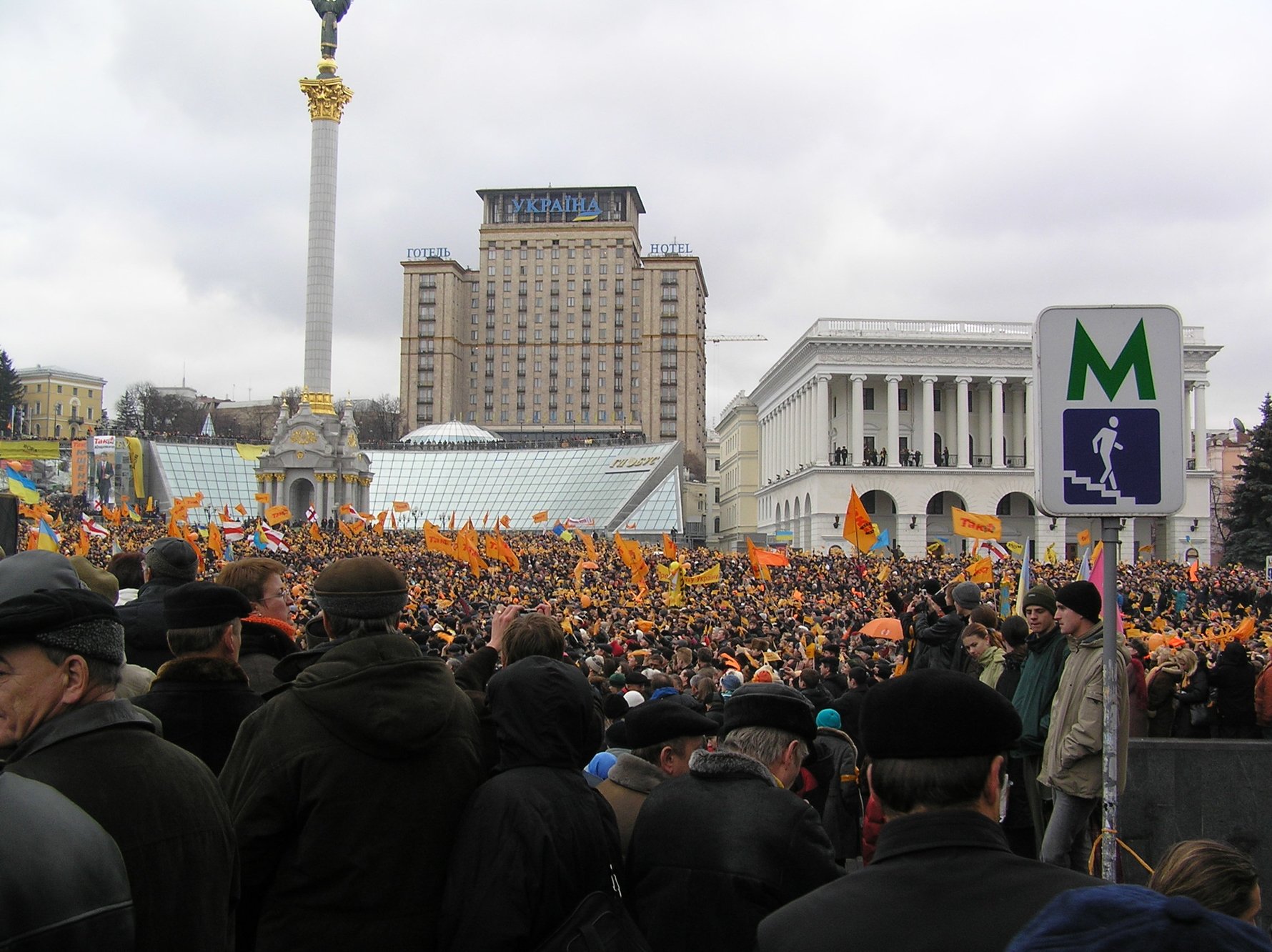
Following the government’s decision on 21 November 2013 to stop European Union integration by rejecting an association agreement, a series of mass protests swept across Ukraine. On the night of 30 November 2013 at 4 in the morning, around 300 students and other protesters who remained at the protest site were brutally attacked by the Berkut - a special police unit. On 1 December, about 200,000 people came to Maidan Nezalezhnosti to demonstrate for their rights and freedom. Since then, there were daily demonstrations with the protesters committed to continue as long as needed, until their demands were met. On 18 January 2014, the protest became more violent and Molotov’s cocktails were used as a response to the Berkut attacks. Several people died. On 18-20 February, an even more violent confrontation took place which took the lives of over 100 people and wounded more than 1000.
On 22 February, the Verkhovna Rada announced the impeachment of President Yanukovych and a new Government was formed. A week later Russia invaded Crimea, using the excuse of protecting the rights of Russians who live there... As we go to press, there is still no end to this story.


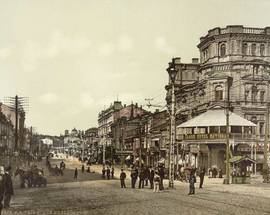
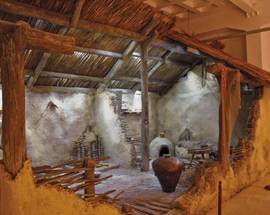
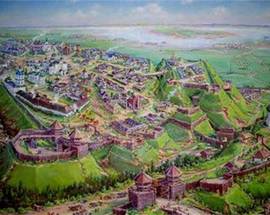

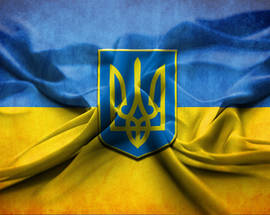
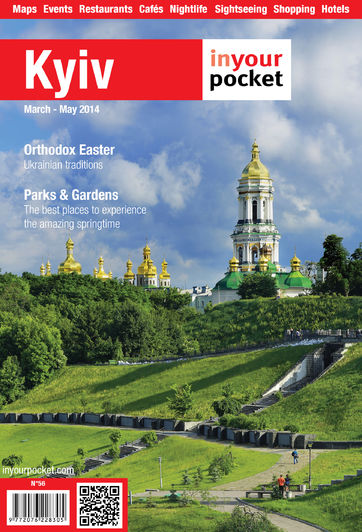
Comments